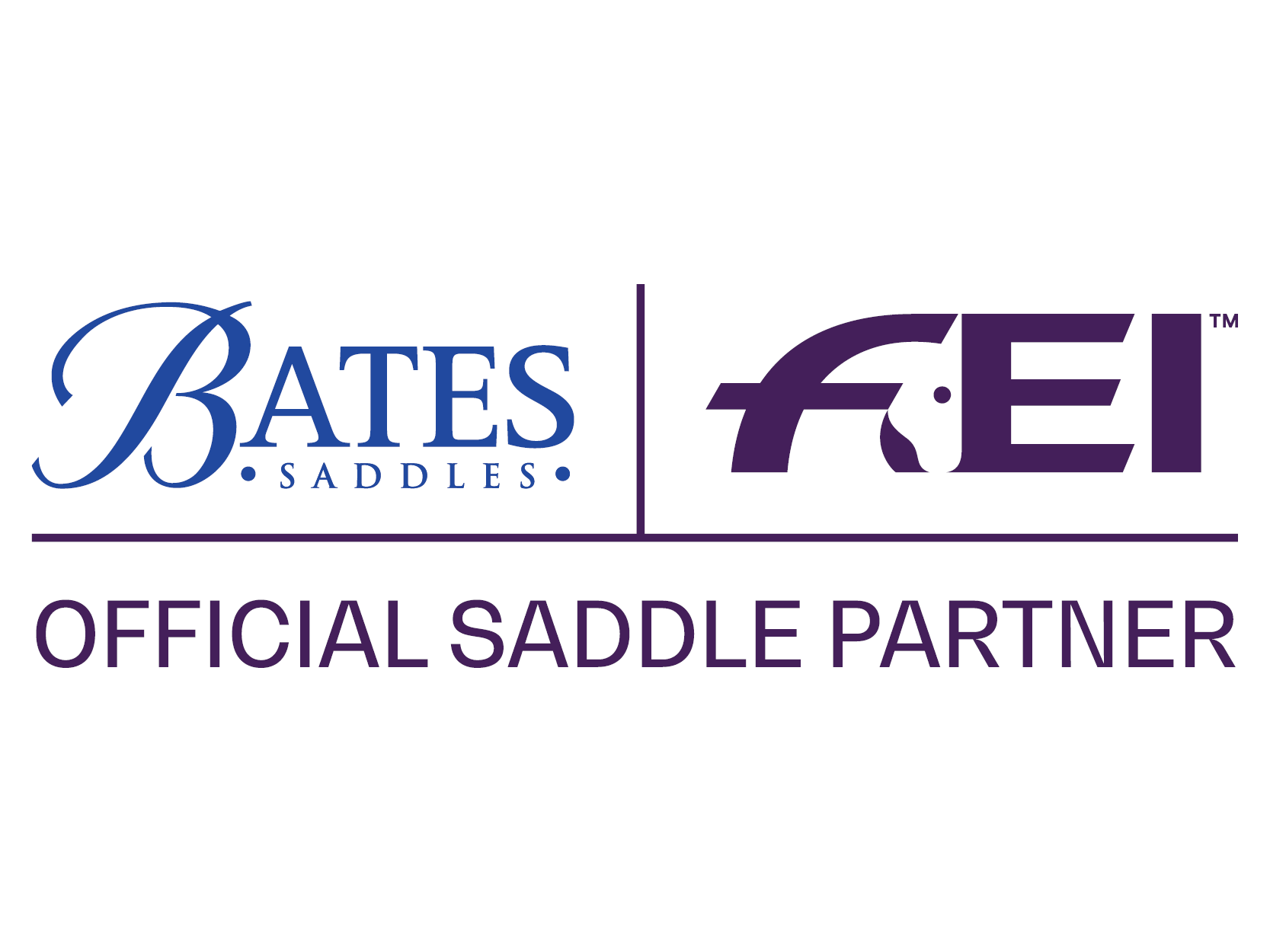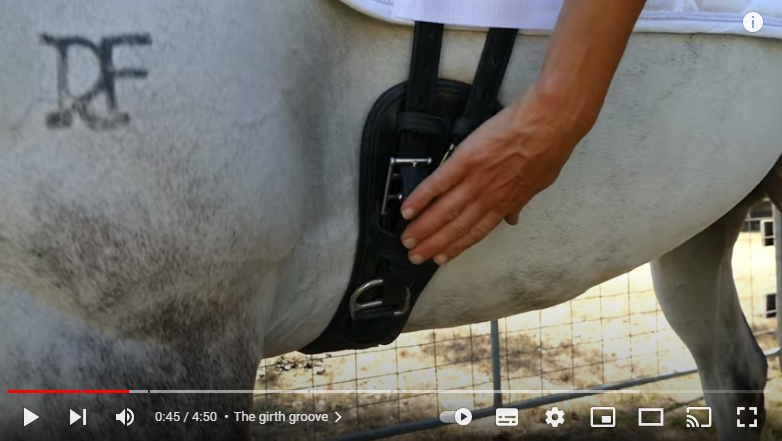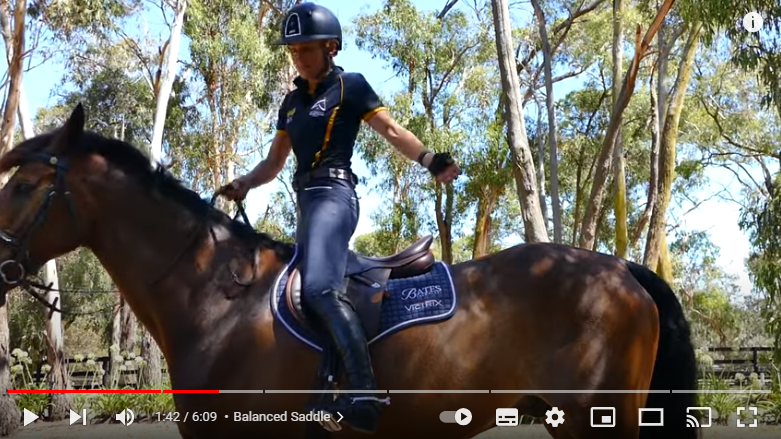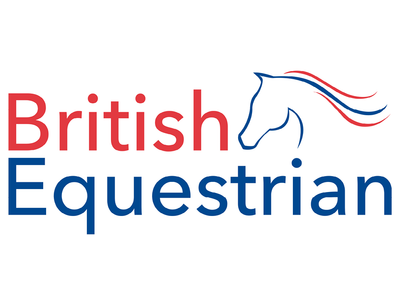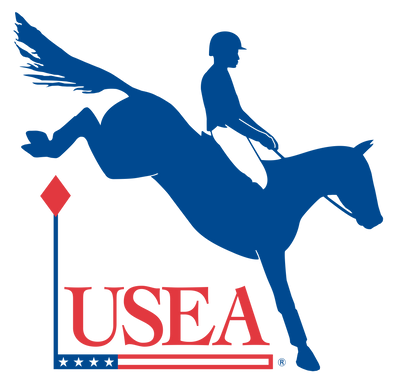Why is your saddle slipping?
Chances are, you’ve either been in the saddle or witnessed someone slowly slipping sideways off their horse as their saddle slips from slide to slide after a buck or jump.
Bonus points if the offending horse was in actual fact, a small and very round pony shaped exactly like a drum. Not much for the saddle to grip on to in those cases!
Another common issue is the forwards or backwards slip – which might sound innocuous until you find yourself peering at your horse’s ears after a canter as the saddle works it’s way up towards the withers.
So what causes this slippery slope of saddle fit?
We worked with the FEI to produce this handy guide, read the original article on FEI.org here
Changes to our horse’s age, diet, fitness and work program will all impact the fit of their saddle. One sign that your saddle may need a fit adjustment is when it ‘slips’ position during the ride.
Incorrect Saddle Placement
Not sure exactly where to put the saddle? Putting it too far forward is quite a common mistake.
When this happens, the saddle often sits over the shoulder blade. If your horse’s shoulder is restricted, it can push the saddle to one side.
Girthing
Where your girth sits on your horse can pull the saddle in a particular direction. A girth that sits really far forward towards the elbow is likely to encourage the saddle to slip forward up the wither, for example.
In addition, a girth that is too loose when riding can lead to instability and movement. So obviously, you should make sure your girth is tight enough to keep your saddle in place before you get on. Don’t make the rookie error of finding out that it’s too loose once your foot gets into the stirrup (and the saddle ends up on the side of the horse!)

Check that your girth is in the right position for your horse’s natural girth groove
There are many girth styles and systems that can assist in countering a tendency for the saddle to slip. Even which saddle straps you use can make a difference.
Check with your saddle specialist for assistance in finding a suitable girth style and system for your horse and saddle.
Saddle Width
If your saddle is not the right tree width, it can generate movement. Just like too-loose breeches will slide down or move around as you go about your activities. If the tree is too wide or narrow, often saddle balance will also be affected and further exaggerate movement.

Your Horse’s Conformation
Sometimes our horse’s natural build can be challenging to overcome with a saddle fit.
Some horses are wider behind than in front, which means saddles tend to slip forward. Others have high withers and/or sway backs which might make the saddle slip backwards.

Ensure your saddle is well fitted for your horse’s shape and muscling
Things like muscle injuries could also mean a horse has more muscle on one side than the other, which might make a saddle slip side to side.
Wide horses with little definition in wither shape will do better in saddles designed for wider horses, while horses with particularly high withers will often find instant comfort in a saddle designed for their specific conformation.
If you notice your saddle starts to slip, it is time to call an expert to assess what changes can be made to maximise stability. Booking a regular saddle fit with a saddle fitter is a must to ensure movement is reduced for the benefit of both you and your horse.
